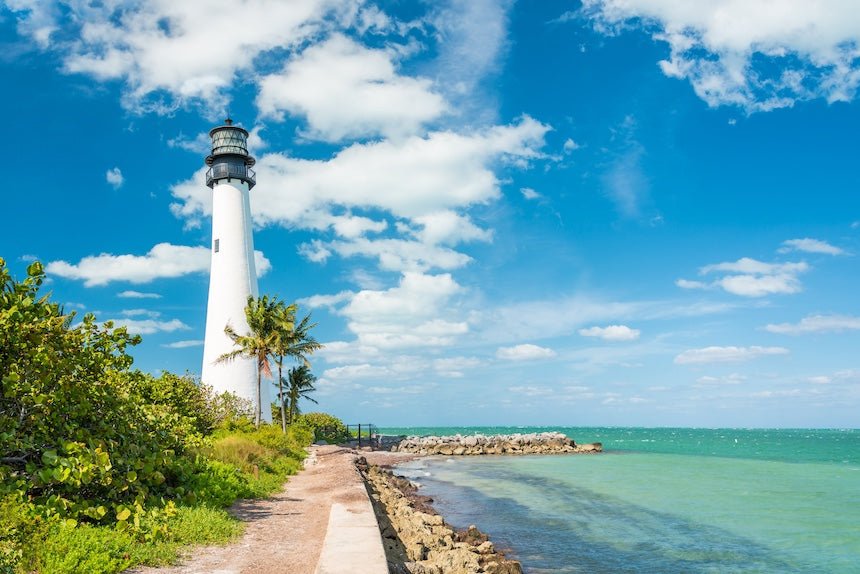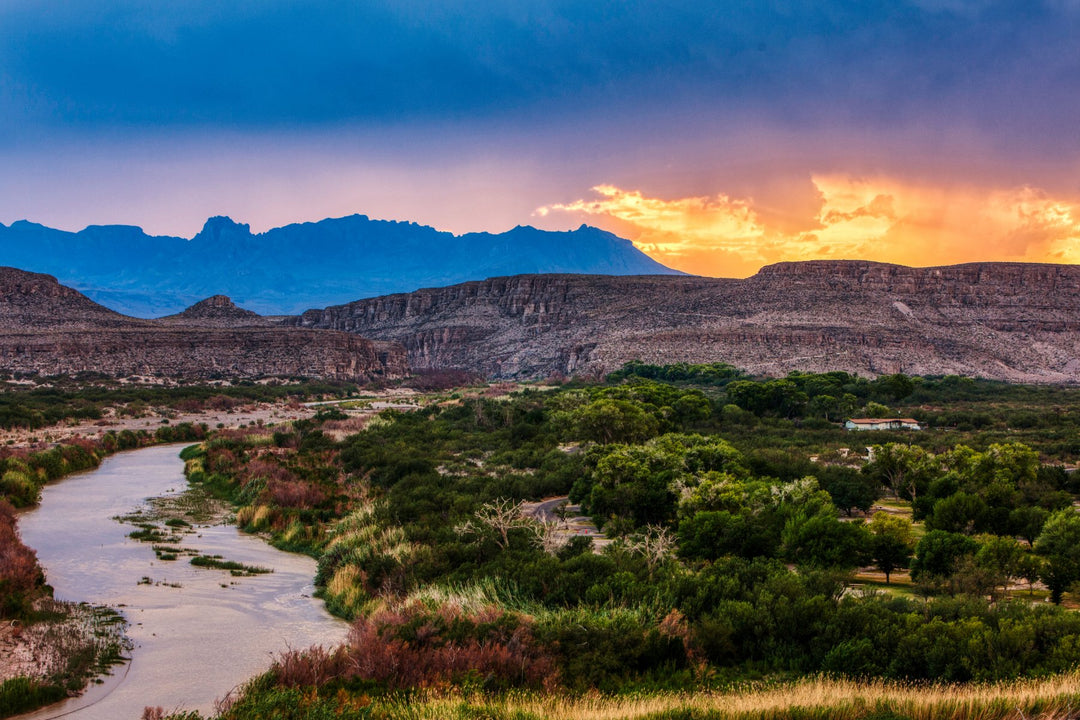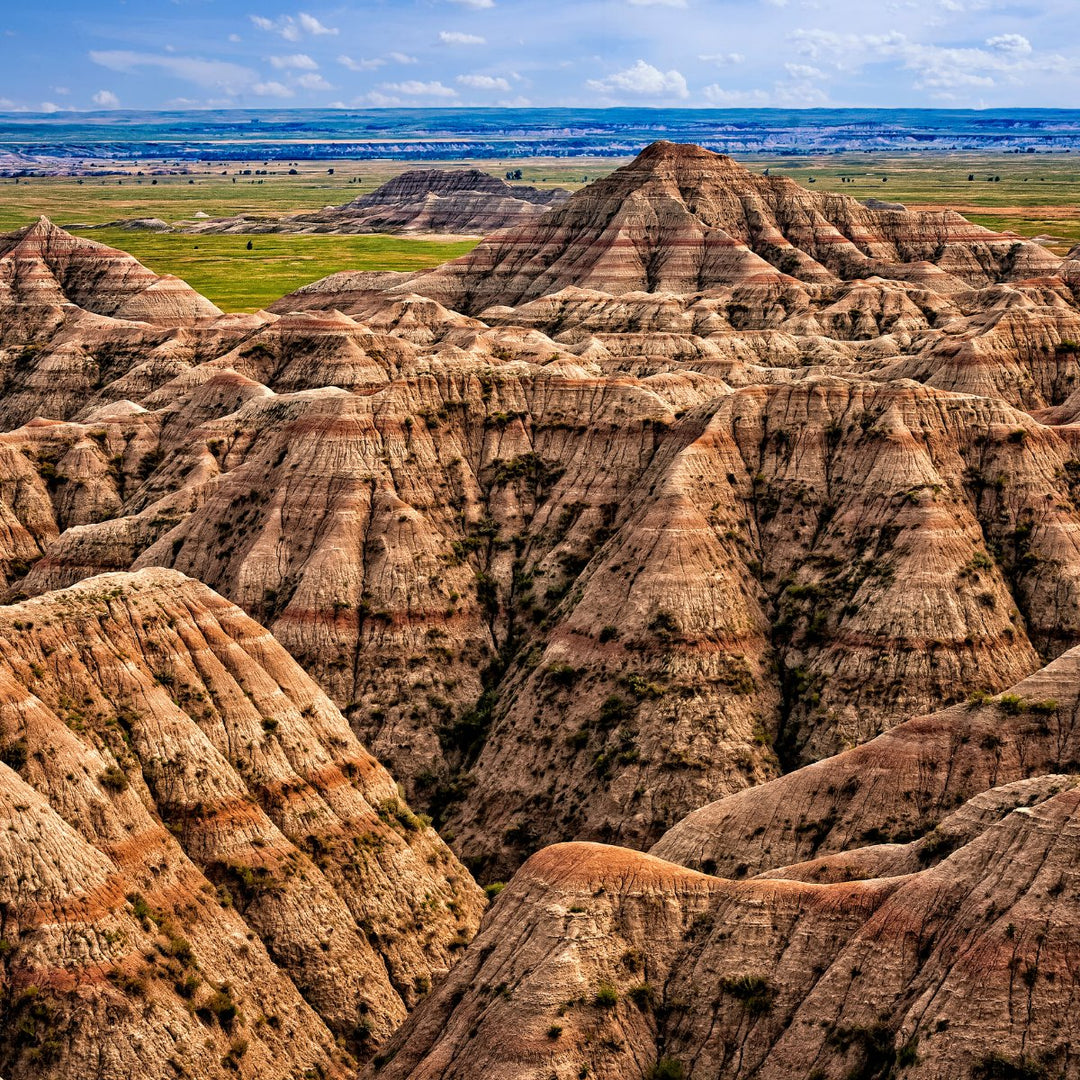Arches National Park: Nature's Sculpture Garden

Arches National Park, located in the southeastern region of Utah, is a mesmerizing world of natural wonders where sandstone arches, towering spires, and otherworldly rock formations abound. With over 2,000 arches within its boundaries, this park offers a surreal and unforgettable landscape.
Best Time to Visit:
The best time to explore the stunning landscapes of Arches National Park depends on your preferences for weather and crowd levels:
- - Spring (March to May): Spring welcomes mild temperatures and the blooming of desert wildflowers. It's an ideal season for hiking and photography, with comfortable weather and less crowded trails.
- - Summer (June to August): While summer brings hot daytime temperatures, it's a popular time to visit. Mornings and evenings are more bearable, making it suitable for hiking to the delicate arch or exploring the park's famous Windows Section.
- - Fall (September to October): Fall offers pleasant weather and fewer crowds, making it a favorite among many visitors. The clear skies and cooler temperatures provide excellent conditions for outdoor activities.
- - Winter (November to February): Winters are chilly, with occasional snowfall. While some trails may be icy or closed, the park takes on a unique, tranquil beauty. It's a peaceful time for photography and solitude-seeking travelers.
Best Time to Start Planning Your Trip:
To make the most of your visit to Arches National Park, it's advisable to start planning your trip three to six months in advance. This allows ample time to secure accommodations, especially if you plan to visit during the busier months of spring and summer. However, for those looking to visit during the quieter fall and winter seasons, planning a few months ahead should suffice.
Best Places to Stay:
Arches National Park offers limited accommodations within its boundaries, so nearby towns provide lodging options:
- - Moab, Utah: Moab is the closest town to the park and offers a wide range of accommodations, from hotels and motels to vacation rentals and campgrounds. It's a convenient base for exploring the park and enjoying dining and shopping options.
- - Devils Garden Campground: This is the only campground within the park. Reservations are highly recommended, especially during the peak season, as it offers a unique opportunity to stay amid the red rock formations.
- - Backcountry Camping: For those seeking a more secluded experience, backcountry camping permits are available, allowing you to camp in designated areas throughout the park.
Arches National Park is a remarkable testament to the power of nature's artistry. Start planning your journey to this iconic destination, where each turn in the trail reveals a new masterpiece sculpted by the hands of time.
When visiting Arches National Park in southeastern Utah, you'll have the opportunity to explore several other nearby parks and natural areas that offer remarkable landscapes and outdoor adventures. Here's a list of other parks and places to consider visiting:
- Canyonlands National Park: Located just to the southwest of Arches, Canyonlands offers a dramatic landscape of deep canyons carved by the Colorado River and its tributaries. The park is divided into four districts, each with its unique features and trails. Don't miss the Island in the Sky and The Needles districts.
- Dead Horse Point State Park: Situated adjacent to Canyonlands, Dead Horse Point offers stunning overlooks of the Colorado River and its winding canyons. The panoramic vistas from Dead Horse Point are especially breathtaking at sunrise and sunset.
- Goblin Valley State Park: Located to the west of Arches, Goblin Valley is known for its otherworldly rock formations called "goblins." It's a fantastic spot for hiking and exploring the surreal landscape.
- Horseshoe Canyon (Canyonlands National Park): While technically within Canyonlands National Park, Horseshoe Canyon is a separate district with a unique set of rock art panels, including the famous "Great Gallery." It's worth a visit for those interested in ancient rock art.
- Natural Bridges National Monument: To the west of Arches, Natural Bridges preserves three impressive natural stone bridges carved by flowing water. Explore the bridges and enjoy stargazing in this designated Dark Sky Park.
- Manti-La Sal National Forest: Located to the southeast of Arches, this forest offers a cooler escape at higher elevations. Explore the La Sal Mountains, go hiking, camping, or even mountain biking in this beautiful area.
- Colorado National Monument: To the west of Arches, this monument features a series of canyons and towering monoliths carved by the Colorado River. Drive the scenic Rim Rock Drive and explore the numerous overlooks and trails.
- Grand Junction and Fruita, Colorado: These towns are not parks, but they serve as gateways to several nearby outdoor attractions. Visit the Colorado National Monument, explore the Colorado River, or enjoy mountain biking in the area.
- San Rafael Swell: Located to the northwest of Arches, the San Rafael Swell is a rugged wilderness area with unique geological features, canyons, and stunning landscapes. It's an excellent destination for hiking, off-roading, and camping.
- Dinosaur National Monument: While a bit farther to the north, Dinosaur National Monument is home to well-preserved dinosaur fossils, ancient petroglyphs, and the picturesque Yampa River. Explore the Quarry Exhibit Hall and enjoy scenic drives in the park.
These nearby parks and natural areas provide diverse opportunities for outdoor exploration, from hiking and rock art viewing to enjoying unique geological formations and scenic drives. Whether you're a nature enthusiast, hiker, or photographer, this region of Utah offers a wealth of natural beauty to discover.





Leave a comment